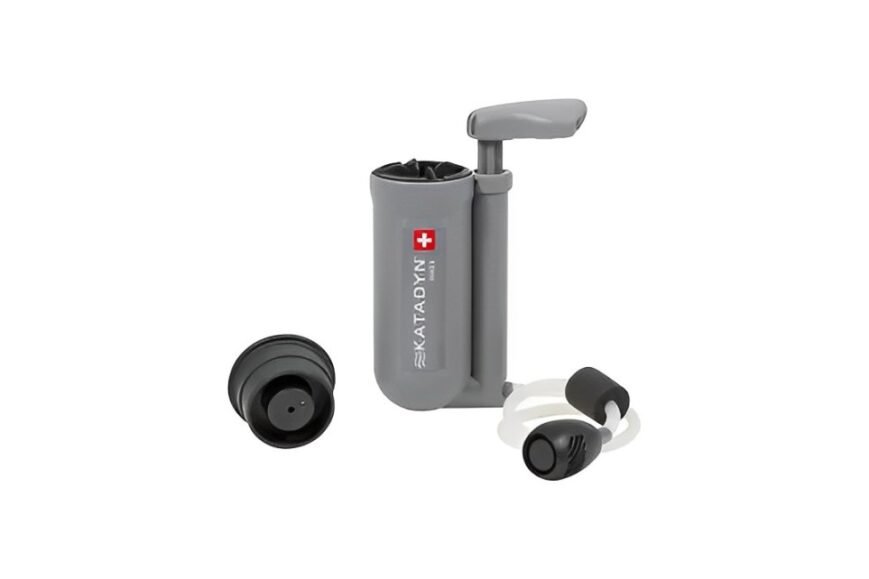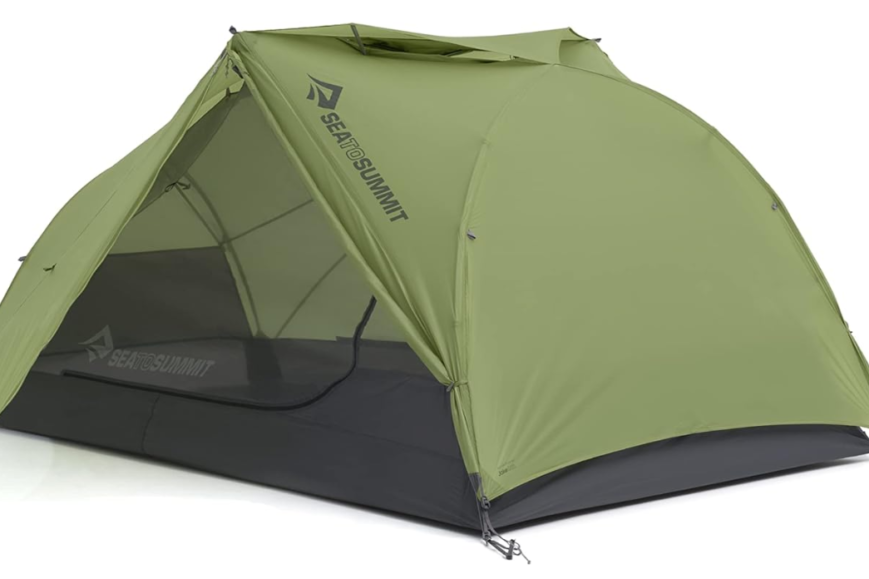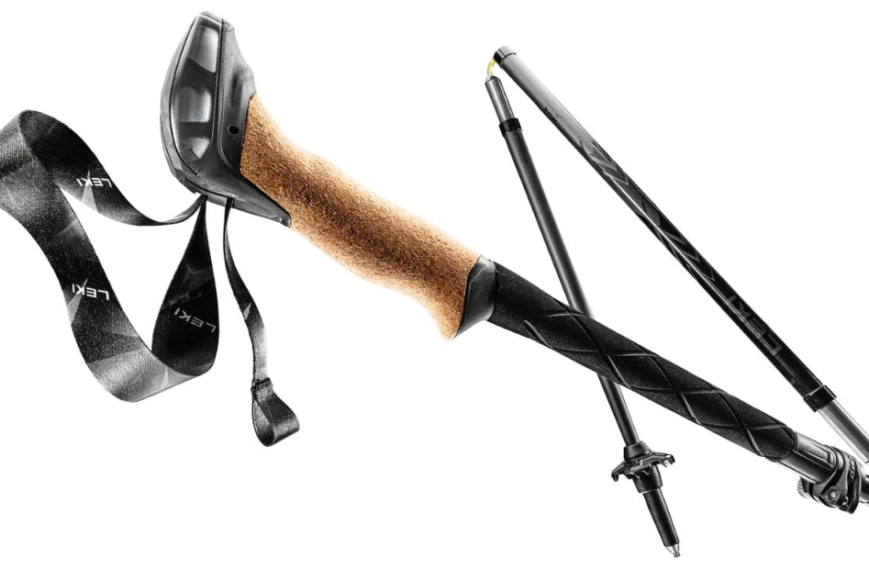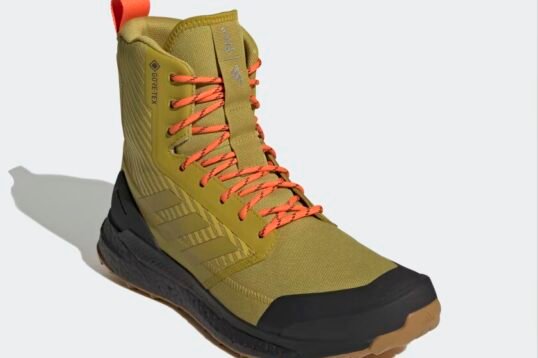Navigating with a compass is an essential skill for outdoor enthusiasts, hikers, and adventurers. Whether you’re exploring unfamiliar terrain or finding your way back to a trailhead, a compass can be your reliable guide. This comprehensive tutorial will take you through the fundamentals of using a compass for navigation, covering everything from understanding the parts of a compass to executing accurate bearings and orienteering techniques.
TL;DR
- Navigating with a compass is crucial for outdoor enthusiasts, hikers, and adventurers.
- Understanding the parts of a compass, such as the baseplate, rotating bezel, magnetic needle, and orienting arrow, is essential.
- Differentiating between true north and magnetic north is important for accurate compass navigation.
- Using the compass for basic navigation involves holding it correctly, orienting it, and navigating in a straight line.
- Taking and following a bearing is a crucial skill for accurate navigation.
- Combining a compass with a map enhances navigation capabilities.
- Orienteering techniques, such as dead reckoning and aiming off, come in handy when traditional landmarks or maps are unavailable.
- Navigating in challenging conditions requires additional skills and precautions.
- Tips for compass navigation include calibrating the compass, practicing in familiar areas, and utilizing back bearings.
- Mastering compass navigation opens up a world of exploration and adventure.
Understanding the Parts of a Compass
To effectively navigate with a compass, it’s important to understand its various components. Here are the key parts of a compass:
- The baseplate: This features ruler markings and a direction-of-travel arrow, allowing you to measure distances and determine your intended direction.
- The rotating bezel: Consisting of degree markings and an orienting arrow, the rotating bezel helps you align the compass with your desired direction.
- The magnetic needle: The magnetic needle is a crucial element of the compass as it always points to magnetic north, providing you with a reliable reference point.
- The orienting arrow: This arrow assists in aligning the compass with a map, ensuring accurate navigation.

Determining Magnetic North
Understanding the difference between true north and magnetic north is essential for accurate compass navigation. True north refers to the geographic North Pole, while magnetic north is the direction towards the Earth’s magnetic field. Here’s how to determine magnetic north:
- Accounting for magnetic declination: Magnetic declination is the angle between true north and magnetic north at a specific location. It’s important to adjust your compass readings accordingly to compensate for this declination.
- Using the compass to find magnetic north: By aligning the orienting arrow with the magnetic needle, you can determine the direction of magnetic north.
Using the Compass for Basic Navigation
Once you understand the parts of a compass and how to determine magnetic north, you’re ready to use the compass for basic navigation. Here are the steps to follow:
- Holding the compass correctly: Hold the compass flat in your hand, ensuring that the baseplate is level.
- Orienting the compass: Align the orienting arrow with the magnetic needle, ensuring they are parallel. This step helps you establish your desired direction.
- Navigating in a straight line: Use the direction-of-travel arrow to guide you in a straight line towards your intended destination.

Taking and Following a Bearing
Taking and following a bearing is a crucial skill for accurate navigation. Here’s how to do it:
- Setting a bearing on the compass: Rotate the bezel until the desired bearing aligns with the direction-of-travel arrow.
- Taking a bearing from a landmark: Identify a prominent landmark in your line of sight and align it with the compass bezel. Read the bearing indicated by the direction-of-travel arrow.
- Following a bearing: Keep the direction-of-travel arrow aligned with the bearing you’ve set and navigate towards your destination.
Using a Compass with a Map
Combining a compass with a map enhances your navigation capabilities. Here’s how to use them together:
- Understanding the features of a topographic map: Familiarize yourself with the symbols, contour lines, and scale on a topographic map. These features provide valuable information about the terrain.
- Orienting the map with a compass: Align the map’s north-south grid lines with the compass’s orienting arrow to ensure the map is correctly oriented.
- Using the compass to navigate between two points on a map: Determine the bearing between two points on the map and transfer it to your compass. Follow the compass bearing on the ground to navigate between these points.

Orienteering Techniques
Orienteering techniques are advanced navigation methods that come in handy when traditional landmarks or maps are unavailable. Here are a few techniques to consider:
- Dead reckoning: Navigating without landmarks or a map by estimating your direction and distance traveled.
- Handrails and catching features: Using natural or man-made features, such as rivers or roads, as guides to maintain your course.
- Aiming off: Intentionally offsetting your bearing to reach a desired point, allowing for more accurate navigation.
Navigating in Challenging Conditions
Navigating in challenging conditions requires additional skills and precautions. Here are some tips for navigating in specific situations:
- Navigating in dense forests or areas with limited visibility: Use your compass to maintain a straight line and rely on other senses, such as sound and touch, to navigate.
- Using a compass in low-light or nighttime conditions: In low-light or nighttime conditions, it’s crucial to have proper lighting and visibility. Use a headlamp or flashlight to illuminate your compass and map. Additionally, consider using reflective markers or glow sticks to mark your path for easy navigation.
- Adjustments for navigating on steep slopes or mountainous terrain: When navigating on steep slopes or mountainous terrain, it’s important to account for the changes in elevation. Use contour lines on your map to identify the slope’s steepness and adjust your navigation accordingly.

Tips for Compass Navigation
To enhance your compass navigation skills, consider the following tips:
- Calibrating the compass for accurate readings: Before each use, calibrate your compass by holding it level and rotating it in a figure-eight motion. This helps eliminate any magnetic interference and ensures accurate readings.
- Practicing compass navigation skills in familiar areas: Start by practicing your compass navigation skills in familiar areas before venturing into unfamiliar terrain. This allows you to gain confidence and proficiency in using the compass.
- Utilizing back bearings to confirm your direction: Back bearings are taken by turning 180 degrees from your original bearing. This helps confirm that you’re on the correct path and provides an additional reference point for navigation.
Conclusion
Mastering the art of compass navigation opens up a world of exploration and adventure. With the knowledge and skills gained from this comprehensive tutorial, you’ll be able to confidently navigate through unfamiliar terrain, find your way back to safety, and embark on exciting journeys with a sense of direction and purpose. Remember, practice is key to becoming proficient in compass navigation, so don’t hesitate to hone your skills and continue learning.
FAQ
Q: Can I use a compass on my smartphone instead of a traditional compass?
While smartphone compass apps can be convenient, they may not always provide the same level of accuracy as a traditional compass. Additionally, smartphones rely on battery power, which can be a limitation in outdoor settings. It’s always recommended to carry a traditional compass as a reliable backup.
Q: How often should I calibrate my compass?
It’s best to calibrate your compass before each use to ensure accurate readings. This simple step can greatly enhance the reliability of your compass navigation.
Q: Can I use a compass in conjunction with GPS devices?
Absolutely! Combining a compass with GPS devices can provide you with multiple navigation tools and enhance your overall navigation experience. GPS devices can provide precise coordinates, while a compass can help you navigate in a more traditional and intuitive manner.
Q: Are there any safety precautions I should take when using a compass?
When using a compass, it’s important to be aware of your surroundings and stay focused on your navigation. Avoid distractions and always carry a map as a backup. Additionally, familiarize yourself with the area’s potential hazards, such as steep cliffs or dangerous wildlife, and plan your routes accordingly.
Q: Can I use a compass in all weather conditions?
While a compass can be used in various weather conditions, extreme weather conditions such as heavy rain or snowfall can affect visibility and make navigation more challenging. It’s important to take extra precautions and ensure you have the necessary equipment, such as waterproof maps and compasses, to navigate safely in adverse weather conditions.
![]()







